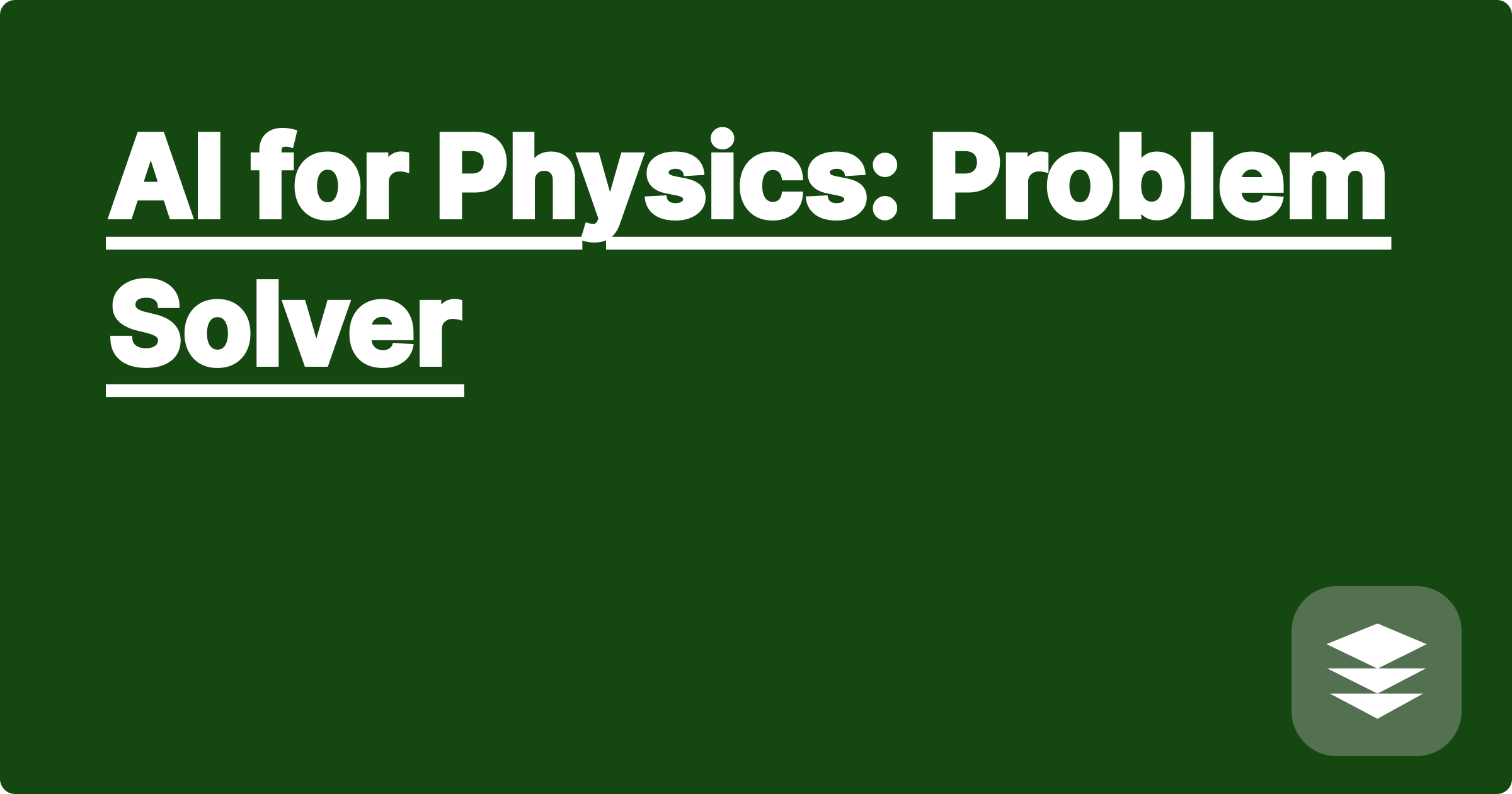
Are you a STEM student, especially in physics, drowning in complex problem sets and struggling to keep up with the ever-increasing demands of your coursework? Do you dream of a world where understanding intricate concepts and solving challenging problems becomes not just manageable, but even enjoyable? The answer may lie in the very technology that's reshaping our world: Artificial Intelligence. AI isn't just about robots and self-driving cars; it's a powerful tool that can revolutionize how you learn, study, and excel in STEM fields, especially physics. For high-achieving students aiming for that 3.5 GPA and beyond, AI can be the quantum leap you need to unlock your full potential.
This blog post is your guide to leveraging the power of AI, specifically Generative Pre-trained AI (GPAI), to conquer your physics challenges and boost your academic performance. We'll delve into the specific ways AI can assist you, from understanding complex theories to solving intricate problems, all while saving you valuable time and maximizing your study efficiency. Think of this as your personal cheat sheet, powered by AI, to navigate the complexities of physics and achieve academic success. This isn't about replacing your own understanding, it's about augmenting it, giving you the tools to learn faster, deeper, and more effectively.
Physics, with its abstract concepts and mathematically rigorous nature, often presents a formidable challenge for even the most dedicated students. Grasping fundamental principles like quantum mechanics, electromagnetism, or thermodynamics requires significant effort and time. Traditional study methods often involve pouring over textbooks, attending lectures, and working through countless practice problems, a process that can be both time-consuming and frustrating. The sheer volume of information and the intricate relationships between concepts can feel overwhelming. Furthermore, applying these concepts to solve real-world problems often requires a level of analytical and problem-solving skills that can take years to develop. This is where AI steps in, offering a new paradigm for learning and problem-solving in physics.
Generative Pre-trained AI tools like ChatGPT and Wolfram Alpha offer powerful capabilities for physics students. ChatGPT can be used to explain complex concepts in a more accessible way, breaking down intricate theories into digestible chunks of information. Imagine having a personal tutor available 24/7 to answer your questions and clarify your doubts. You can ask ChatGPT to explain the concept of superposition in quantum mechanics or walk you through the derivation of Maxwell's equations. Wolfram Alpha excels at symbolic computation and can be invaluable for solving complex equations, performing integrations, and visualizing mathematical functions. It can also provide step-by-step solutions to physics problems, allowing you to understand the underlying logic and methodology. These tools are not just calculators; they are intelligent assistants that can guide you through the learning process.
Let's say you're struggling with a problem involving projectile motion. Instead of flipping through pages of formulas and examples, you can simply input the problem parameters into Wolfram Alpha. It will not only provide the numerical solution but also show you the relevant equations and the steps involved in the calculation. Alternatively, you can describe the problem to ChatGPT and ask it to guide you through the solution process. It can break down the problem into smaller, manageable steps, explain the relevant concepts, and even provide alternative approaches to solving the problem. This interactive learning experience can significantly enhance your understanding and problem-solving skills. For more complex problems, consider using specialized GPAI models trained on physics datasets. These models can offer more accurate and nuanced solutions and even assist in formulating research hypotheses.
Consider a student researching the behavior of electrons in a magnetic field. Using a GPAI tool, the student can input the relevant equations of motion and ask the AI to simulate the electron's trajectory. The AI can then generate visualizations of the electron's path, allowing the student to visualize the complex interactions between the electron and the magnetic field. This can lead to a deeper understanding of the underlying physics and potentially even uncover new insights. Another example could be a student trying to understand the concept of entropy. They could ask ChatGPT to explain entropy in different ways, using analogies and real-world examples. The AI can then provide a range of explanations, catering to different learning styles and helping the student grasp the concept more effectively. Quantitative improvements can be seen in reduced study time, perhaps a 20% decrease in time spent on problem sets, or a 5-point improvement on exam scores due to a clearer understanding of the material.
To truly maximize your benefits from AI, treat these tools not as shortcuts but as learning partners. Actively engage with them, ask questions, and explore different approaches to problem-solving. Don't be afraid to experiment with different AI tools and find the ones that best suit your learning style. For advanced users, consider exploring the customization options available in many GPAI tools. You can fine-tune parameters, train custom models on specific datasets, and even develop your own AI-powered learning applications. Participating in AI-related workshops and online courses can further enhance your skills and keep you updated on the latest advancements in this rapidly evolving field.
To conclude, embracing AI in your physics studies is no longer a luxury but a necessity for staying competitive in the 21st century. By integrating these powerful tools into your learning workflow, you can unlock new levels of understanding, improve your problem-solving skills, and achieve academic excellence. Start exploring the world of AI-powered learning today and embark on your journey towards a brighter, more efficient, and more successful future in STEM. Don't just study physics, master it with the power of AI. Begin by experimenting with ChatGPT and Wolfram Alpha, exploring their capabilities, and discovering how they can transform your learning experience. Then, delve deeper into specialized GPAI tools and unlock even greater potential. The future of STEM learning is here, and it’s powered by AI.
Ace STEM: AI Study Guide Secrets
AI for Physics: Problem Solver
AI Chemistry Helper: Equation Solver
AI for Calculus: Problem Solver